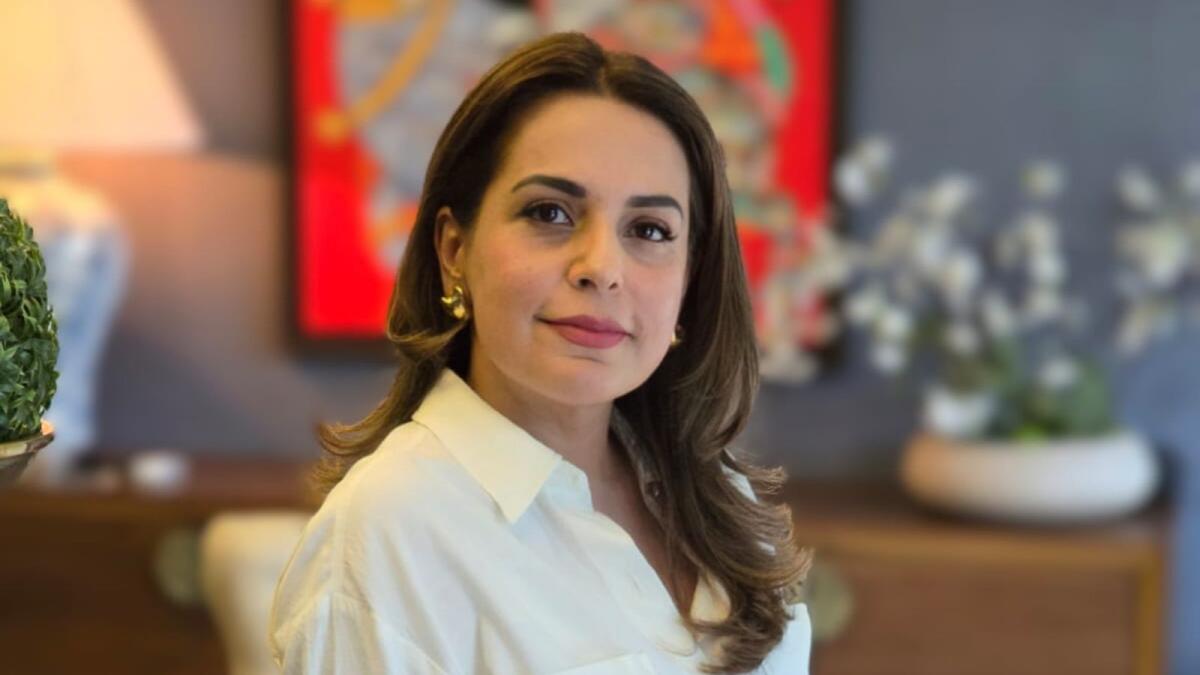Interior design plays a crucial role in promoting sustainability, with a focus on creating spaces that enhance human well-being while respecting the environment. As a senior interior designer with extensive experience in India, Aprajita Davar Suri emphasizes the transformative impact of sustainable design on our daily lives and the planet. Integrating sustainable practices into interior design is no longer just a trend but a necessity in the face of climate change and dwindling resources.
One of the key ways interior design contributes to sustainability is through the choice of materials. The industry is shifting towards environmentally friendly options such as reclaimed wood, recycled metals, and low-VOC paints to improve indoor air quality. In cities like Dubai, known for its luxury architecture, the trend of incorporating sustainable materials is gaining momentum, showcasing how innovative design can align with environmental goals without compromising on luxury. Energy efficiency is also essential, with strategies like optimizing natural light and ventilation to reduce energy consumption being vital in places like Delhi and Dubai, where climate extremes are common.
Furthermore, sustainable interior design emphasizes durability and longevity by investing in high-quality, timeless furniture and fixtures to minimize waste and the need for frequent replacements. Circular design principles are gaining popularity, focusing on creating spaces and products that can be easily disassembled and recycled at the end of their life cycle. By fostering a culture of sustainability among occupants through thoughtful design choices, spaces can inspire more sustainable behaviors such as waste reduction and water conservation.
Despite the challenges of integrating sustainability into interior design, designers like Aprajita Davar Suri are committed to advancing this cause through their work. By advocating for practices that not only enhance aesthetic appeal but also contribute to a healthier, more sustainable world, interior designers can lead the way towards a more harmonious future. Embracing sustainable practices and innovative materials is crucial for the evolution of interior design to meet the demands of our time and create spaces that are not only beautiful and functional but also respectful of the planet.





















